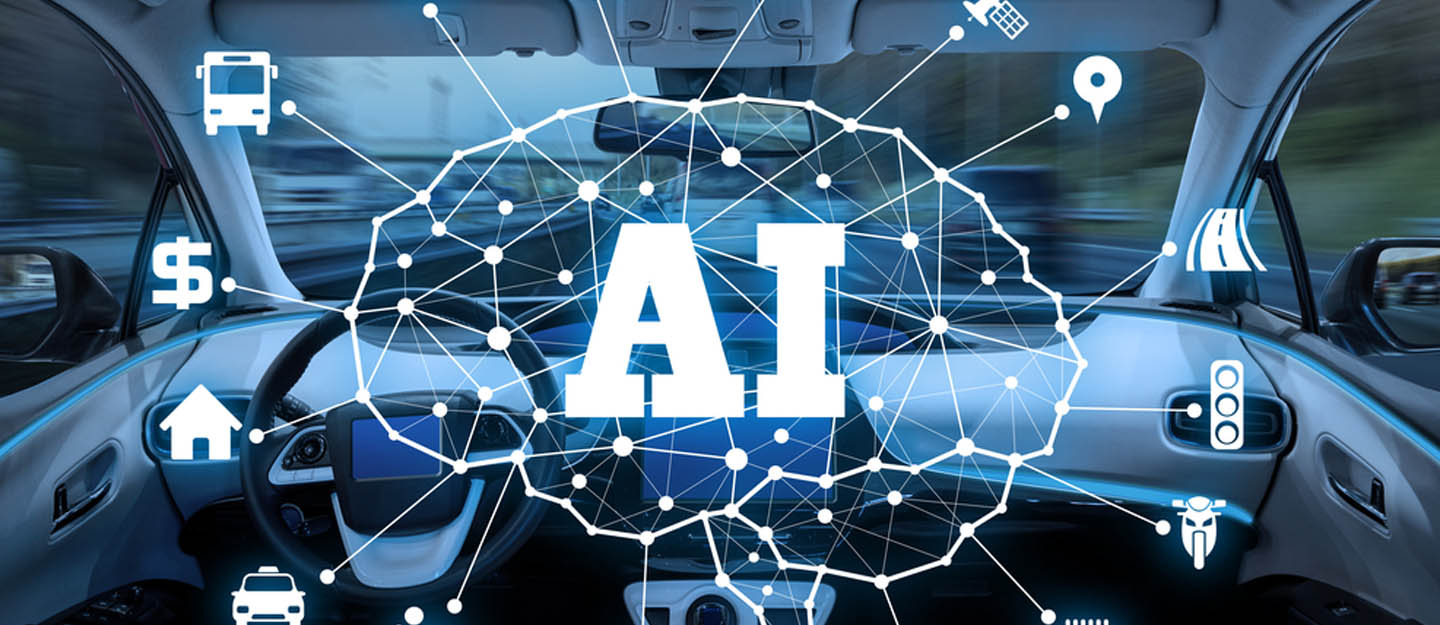
AI-Powered Self-Driving Cars Conquer Urban ComplexityAI-Powered Self-Driving Cars Conquer Urban Complexity In the heart of bustling metropolises, self-driving cars powered by artificial intelligence (AI) are emerging as transformative forces, redefining urban mobility. These autonomous vehicles navigate the intricate labyrinth of city streets with remarkable precision and efficiency, handling the myriad challenges that once hindered human drivers. Navigating Congestion and Traffic Flows AI algorithms continuously analyze real-time traffic data, predicting route optimizations and adjusting vehicle speeds to maximize efficiency. This eliminates stop-and-go driving, reducing wait times at intersections and minimizing overall congestion. By smoothing traffic flow, self-driving cars enable smoother and faster journeys for all. Safeguarding Pedestrians and Cyclists Urban environments are teeming with vulnerable road users, such as pedestrians and cyclists. AI-powered self-driving cars are equipped with advanced sensors and cameras that detect these individuals in real time. The vehicles react accordingly, braking or maneuvering to avoid collisions, ensuring the safety of all road participants. Adapting to Dynamic Conditions Construction, weather events, and other unexpected obstacles are common occurrences in urban areas. Self-driving cars use AI to process and interpret changing road conditions, adjusting their behavior accordingly. They detect road closures, reroute around obstacles, and maintain safe driving speeds in inclement weather. Cognitive Mapping and Decision-Making AI enables self-driving cars to create cognitive maps of their surroundings, encompassing traffic patterns, intersections, and landmark buildings. This comprehensive understanding allows them to make informed decisions, such as anticipating turns, yielding to other vehicles, and avoiding potential hazards. Benefits for Urban Commuting The advent of AI-powered self-driving cars brings numerous benefits to urban commuting: * Reduced traffic congestion and wait times * Enhanced safety for pedestrians and cyclists * More efficient use of road infrastructure * Reduced emissions and improved air quality * More flexible and convenient transportation options Conclusion AI-powered self-driving cars are poised to revolutionize urban mobility, navigating the complex challenges of city streets with precision and efficiency. These vehicles offer the promise of safer, smoother, and more sustainable transportation, shaping the future of our cities and empowering residents with new levels of convenience and freedom.
Posted inNews